No one likes cleaning out water spouts. [NeedItMakeIt] wanted to collect rainwater and was interested in using a Coanda filter that those used on hydroelectric plants to separate out debris. Ultimately, he decided to design his own and 3D print it.
The design uses a sloping surface with teeth on it to coax water to go in one direction and debris to go in another. It fits into a typical spout, and seems like it works well enough. Some commenters note that varying volumes of rain and different types of debris behave differently, which is probably true. However, there are similar commercial products, so you’d guess there would be some value to using the technique.
The water pushes the debris off the slope, so you end up losing a little water with the debris. So as always, there’s a trade-off. You can see in the video that if the water flow isn’t substantial, the debris tends to stall on the slope. Could the filter be improved? That was the point in trying a second design.
It wasn’t a big improvement. That’s where there’s a plot twist. Well, actually, a literal twist. Instead of making a flat slope, the new design is a conic shape with a spiral channel. That improved flow quite a bit. We weren’t clear from the video of exactly where the debris was going with the last version.
Usually, when we think of the Coanda effect, we are thinking aerodynamics. It can be quite uplifting.



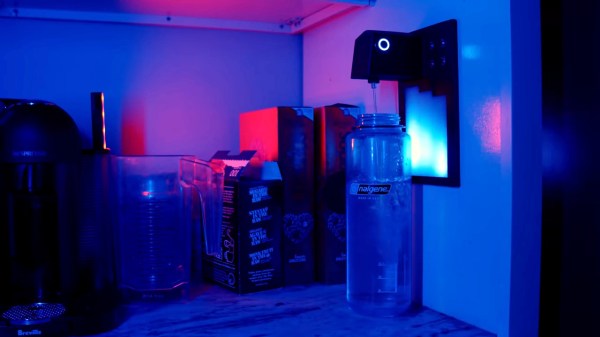
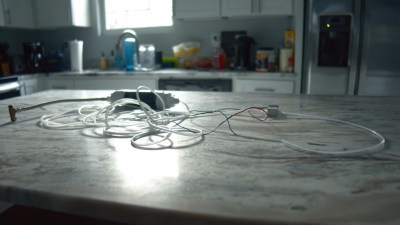
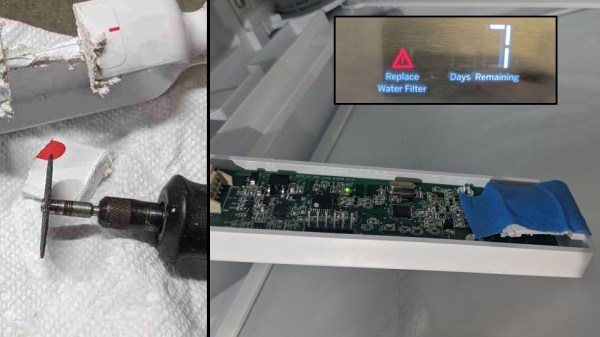
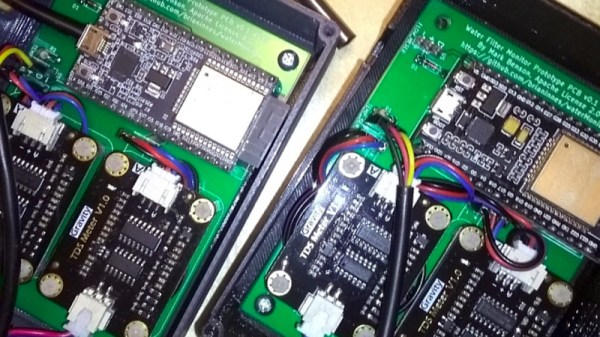
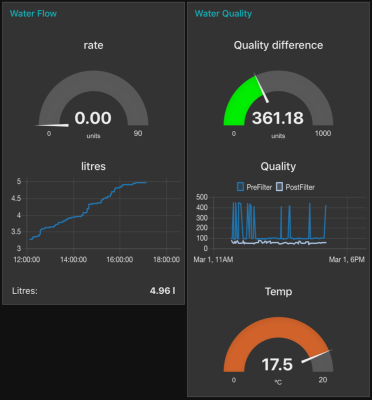 The water passing through the filter is monitored by a couple of DFRobot TDS modules, a flow meter, and a DS18B20 temperature sensor. The data from these is fed into an ESP32 dev board, which makes it available by a web interface for handy accessibility through a smartphone. It can then be used to work out how much of the filter’s capacity has been used, and indicate when a replacement is needed. All the code is available in
The water passing through the filter is monitored by a couple of DFRobot TDS modules, a flow meter, and a DS18B20 temperature sensor. The data from these is fed into an ESP32 dev board, which makes it available by a web interface for handy accessibility through a smartphone. It can then be used to work out how much of the filter’s capacity has been used, and indicate when a replacement is needed. All the code is available in 








